Weingut Rudi Pichler
The Sage of Wosendorf
Wosendorf, Wachau, Austria
September 2016
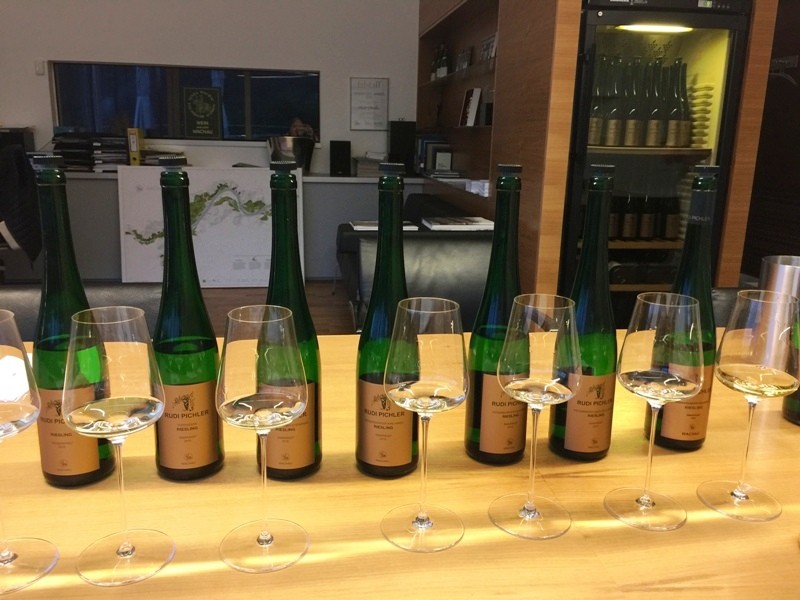
The outstanding 2015 Riesling lineup from Rudi Pichler.
When you have a connection to a wine producer from a special moment in your wine life, when you finally make the visit to them and they make you feel like you are coming home, that is truly a special moment. Visiting Rudi Pichler at his home and winemaking facility in Wosendorf, smack in the middle of the Wachau, felt exactly that way for me.
Late one afternoon Rudi Pichler welcomed me for a tour of his vineyard sites and to taste his range of 2015 wines, which were quite special across the entire range of Federspiel to Smaragd. For context, a few older vintages were in the mix to see how the wines evolve while they mature. This is for me the perfect way to get to know the wine portfolio of a producer, side by side and down the line!
So that special moment I reference in the opening of this article? It goes back to 2010 where I tasted the majority of Rudi’s wines for the first time, all from one vintage in a long horizontal tasting. It was special, a wine epiphany if you will because it blew up my perception if what Gruner Veltliner was. Never before had I tasted white wines of such depth, tension, and length from anywhere, except Burgundy at that time. I had the lighter, fresh, white peppercorn versions, that while delicious, did not hit the core of me like these gorgeous wines from the steep, terraced gneiss and loess vineyards.
6 years later after that epiphany, here I am in Rudi’s truck headed out of Wosendorf to the village’s border with Spitz where we took a look at the Kollmutz, Hochrain and Kirchweg vineyards.
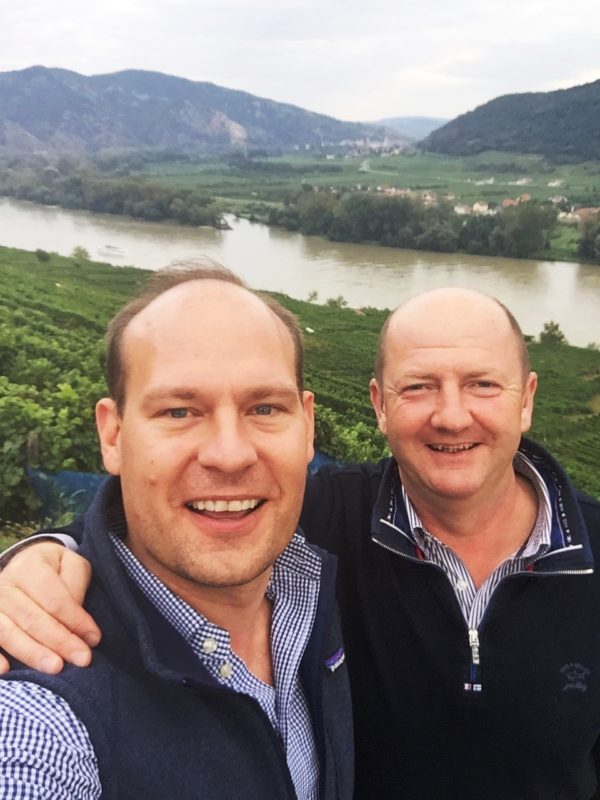
Rudi and I in selfie-mode, his suggestion, and a good one at that!
Kirchweg is considered one of two Cru Riesling sites that are not hillside in the Wachau, though it does have a noticeably higher grade closer to the village side of Wosendorf that descends towards Spitz. Kirchweg gets its name from the term “Church path” as the walk from Wosendorf to the nearest church for centuries was only Saint Michael, an ancient Gothic Church at the far end of the Wosendorf border. That church is one of the oldest standing structures in the region dating to the 9th century AD. Rudi’s grapes come from the best portion of the Kirchweg vineyard on the higher grade section where an alluvial resides. The entirety of Kirchweg is a sedimentary base soil made by deposits from the Danube River, but here the alluvial fan forms a thick top layer of soil that is made up of sand and stones from deposits made by rain runoff from the adjacent Hochrain vineyard.
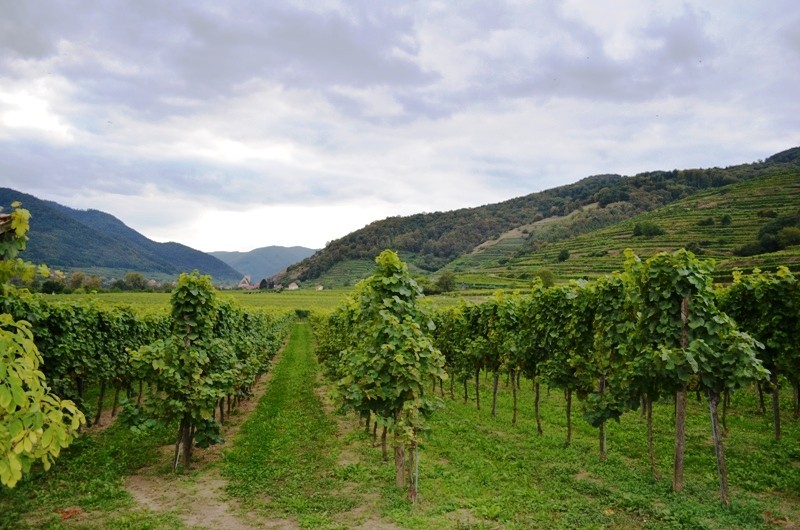
Kirchweg vineyard where a Federspiel (falcon) flew by moments after this shot was taken.
Kollmutz and Hochrain, a stone’s throw away from Kirchweg, are each separate hillside terraced vineyards planted on large soil bumps that each have an entirely different geological makeup.
Kollmutz is a base of hard mother rock called Paragneiss. The topsoil is sandy and calcareous studded with sharper stones of varying size. Rudi planted Gruner and Weissburgunder in Kollmutz. This is my absolute favorite site for Weissburgunder not just in Wachau but maybe anywhere that I have tasted Pinot Blanc. There may be better in some years but this has consistently impressed me.
Hochrain has a split geological personality, it is entirely compact loess in the lower section. The upper section of Hochrain resembles Kollmutz with a less weathered, sharper Paragneiss mother rock base and a higher percentage of gravel in a much sandier topsoil. Gruner is planted in the loess sections and powerful and sharp Riesling wines are borne from the vines planted up top on the Paragneiss of this lieu-dit called “Hochrain-Ralais”
Next, we swung back down river on the other side of Weissenkirchen to the Grand Cru site of Achleiten which is considered one of, if not the greatest, vineyard sites in the Wachau. The first parcel we saw was insanely steep, it had to be something like a 60-degree incline planted with just 1-2 rows per terrace and facing south/southwest. There was an adjacent section he acquired that he has yet to recondition. His next parcel a few minutes up and along the vineyard road on Achleiten is in the west-central section directly over the Danube that faces south. This was not far from another producer’s section I visited the day before. Here the grade is lower, albeit still steep with 2-3 vines per terrace.
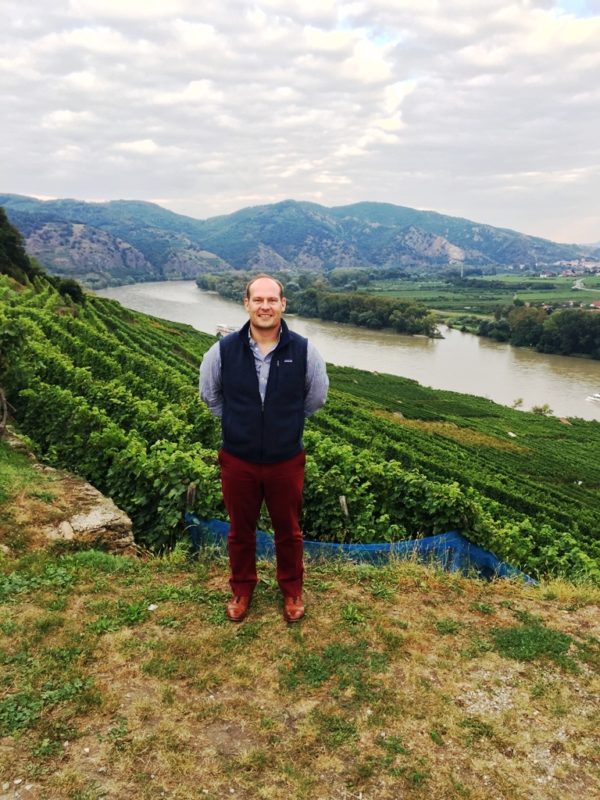
Just hanging out in Achleiten vineyard.
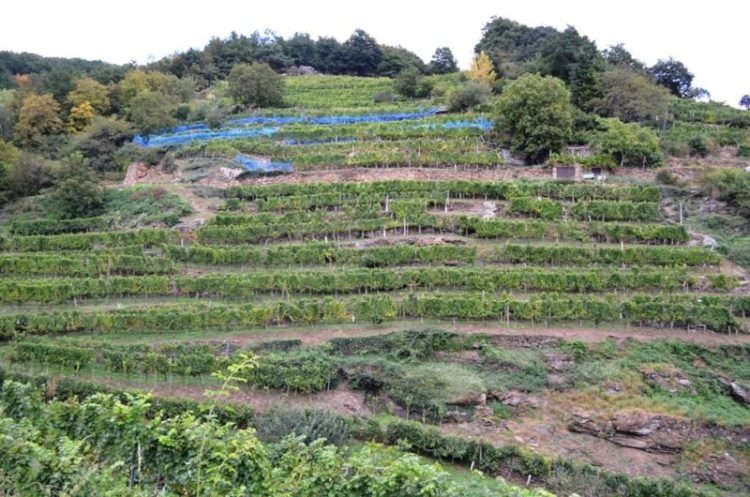
Old terraces in the Achleiten vineyard
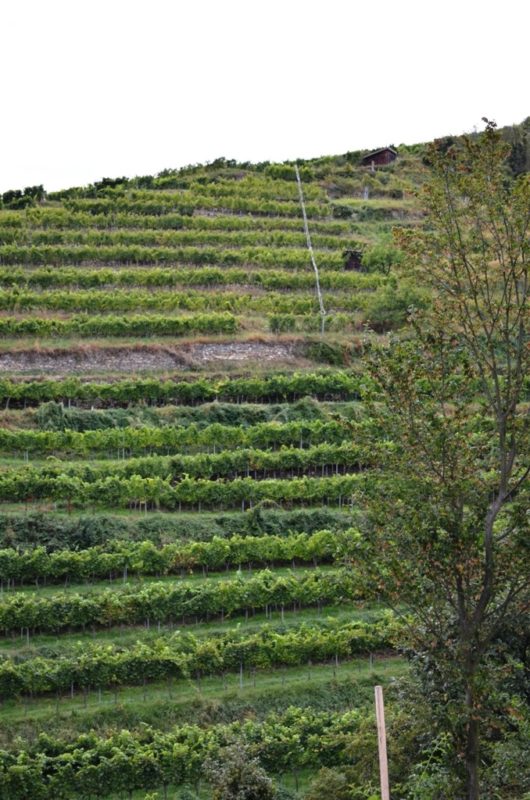
More, but not as old terraces in the Achleiten vineyard.
Achleiten is a lesson in geology in and of itself. The hard rock soil is a blend of sandy fine earth, with coarse scree and stone, mixed with Gfohler gneiss and migmatitic amphibolite. Both sections of this western part of Achleiten are characterized as being low in pH and virtually has no limestone. The upper portion is primarily the Gfohler gneiss dominant soils. The lower portion is dominant with amphibolite, but also contains the Gfohler gneiss as landslides shifted earth from above down to lower terraces. Both Gruner and Riesling from these vineyards are powerful and deeply complex expressions that take at least 5 years and really need 7 to start showing their best as time chips away and unwinds the coiled nature of these wines in youth.
From the top of this Achleiten site, we could see just about the entire Wachau Valley, from Spitz to our right to Durnstein and over to Mautern on our left. From here the “White Church” of Weissenkirchen stood proudly as the core of the village. Near the church is the last vineyard of Rudi Pichler, the limestone banded Steinriegl. The base rock is weathered Paragneiss like Kollmutz, but a huge difference are white marble bands at the anterior of the bedrock. Marble is metamorphosed limestone, and thus this is also likely why the marble for the “White Church” exists.
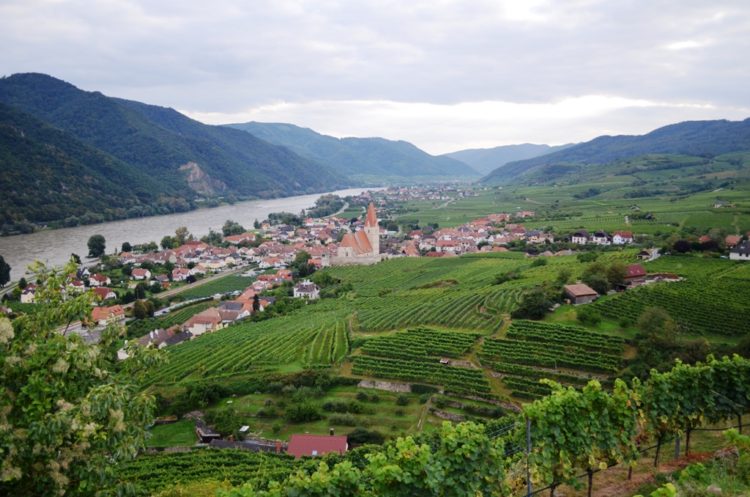
Weissenkirchen, named for that huge white church in the center of the village.
On our way back to taste, Rudi stopped to take a call and at that exact stop in my purview was a beautiful site with wretchedly kempt vines. I asked Rudi after his call what that was and he said it was a newer owner applying natural and organic principles. He then mentioned the site has not produced fruit in 2-3 vintages, it was essentially dying a slow death.
Organic, biodynamic or natural winemaking principles are great when they can be applied successfully. But in this case, it might be too much to be all or none, at least in this site.
This also opened my eyes to the reality of the Wachau’s continental climate along a river that can see its share of rain. Not every year is perfect, not only can it rain too much, but some years there is drought and irrigation is allowed in certain circumstances. Frost in the spring is a definite reality as the Wachau (especially near Spitz) and many other European regions saw in the damaging frosts of late April 2016. Humidity is a constant being next to a river, thus botrytis or grey rot must be watched for carefully.
Back at Weingut Rudi Pichler, Rudi lined up the 2015s front to back starting with the Gruner, then the Weissburgunder and finishing with the Riesling wines. A few older vintages were on hand too for perspective on how some wines will age with several years under cork.

Rudi Pichler Gruner Veltliner tasted, all were 2015s, plus some back vintage for comparison.
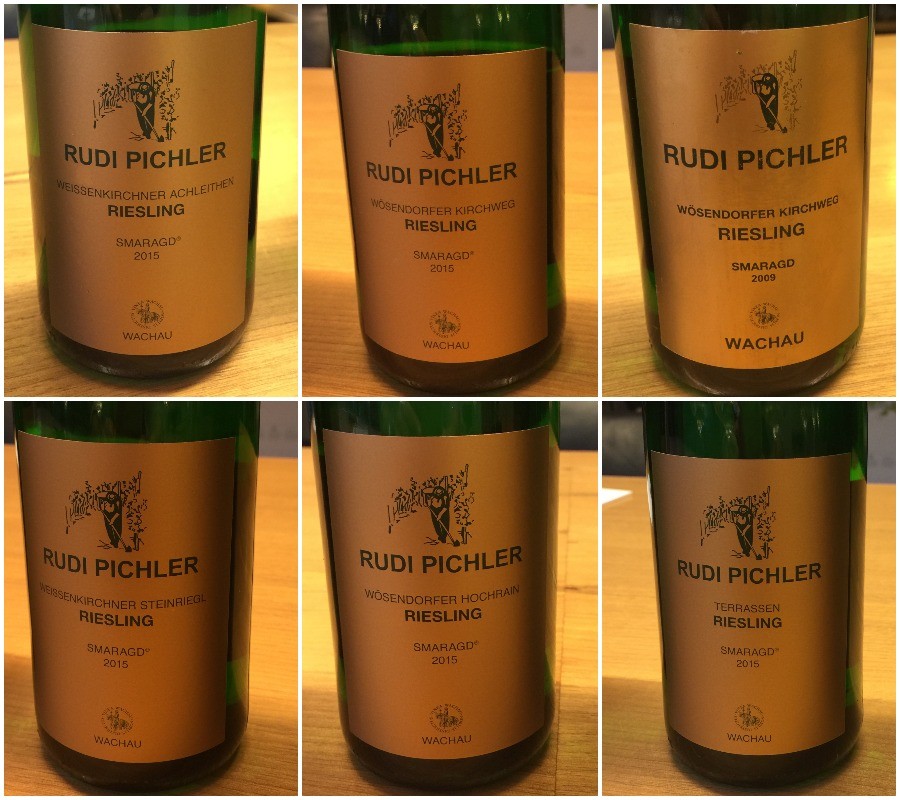
Rudi Pichler Rieslings tasted, all were 2015s, plus some back vintage for comparison.
It is of no surprise that these wines have such soul and vivid personality of site as they also reflect not just terroir but also a little bit of the personality of a driven and passionate vigneron.
The Federspiel here is a blend and not from a single site and varies in components based on the vintage.
A bientot!
-Tom
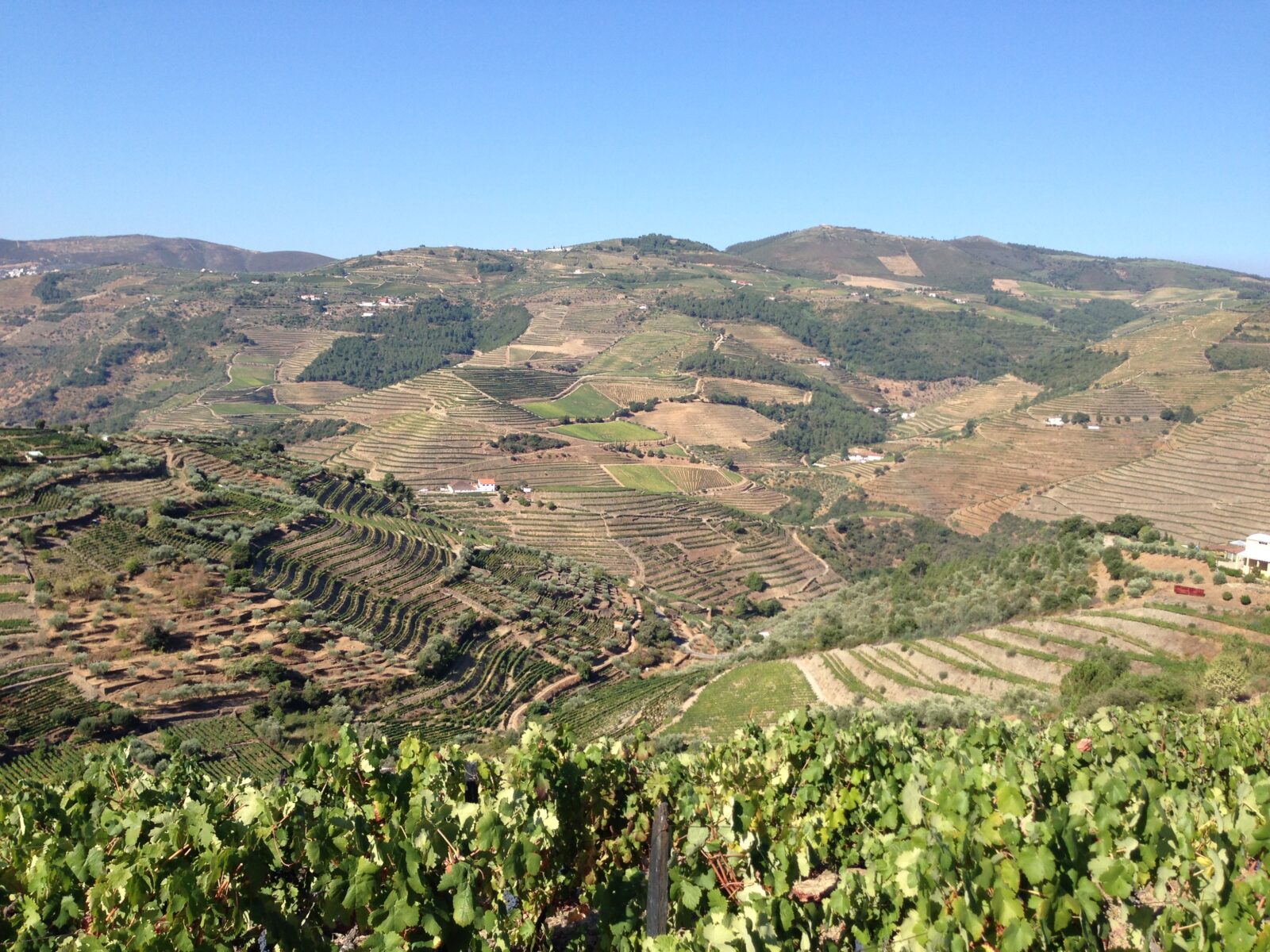
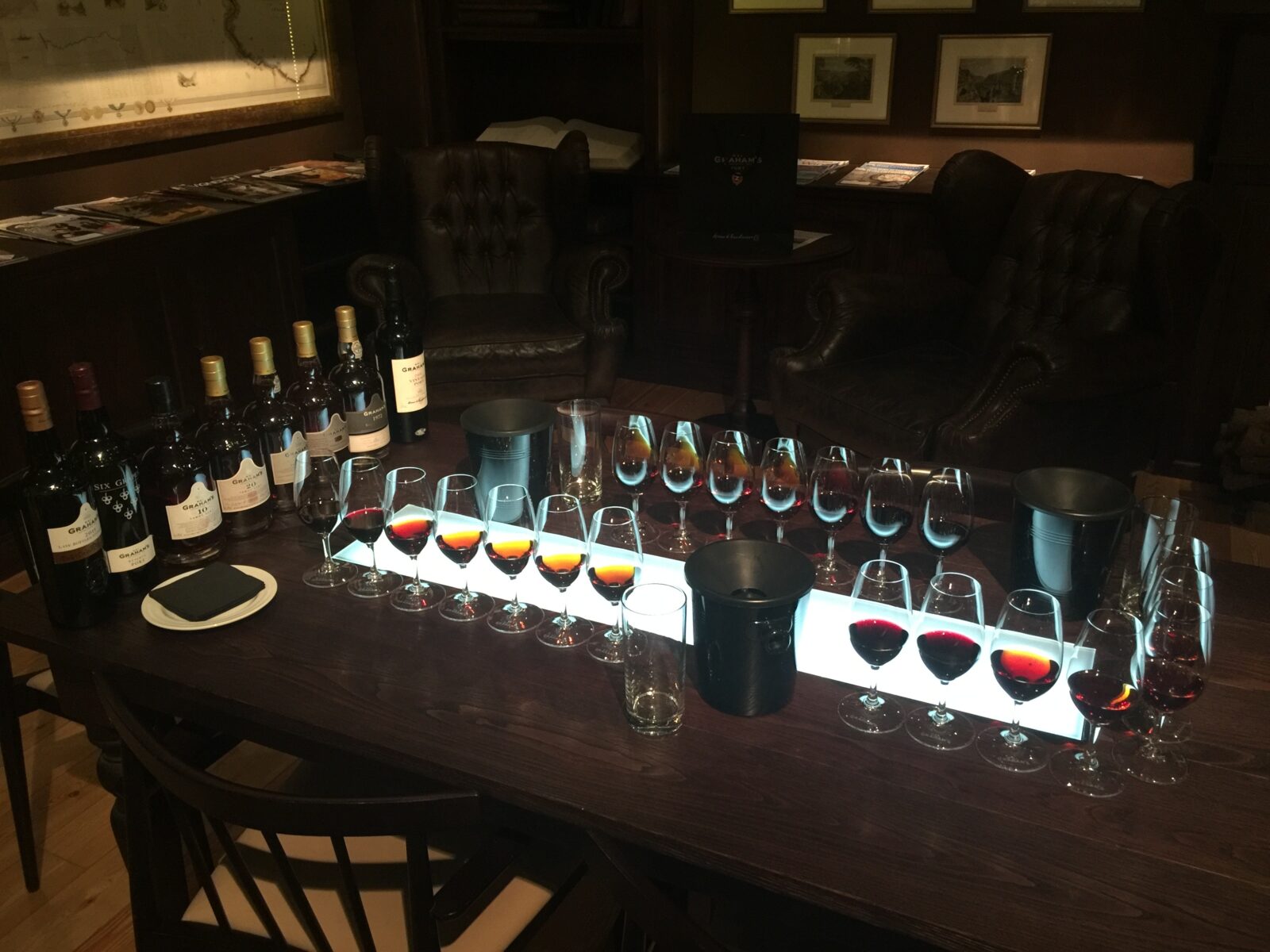
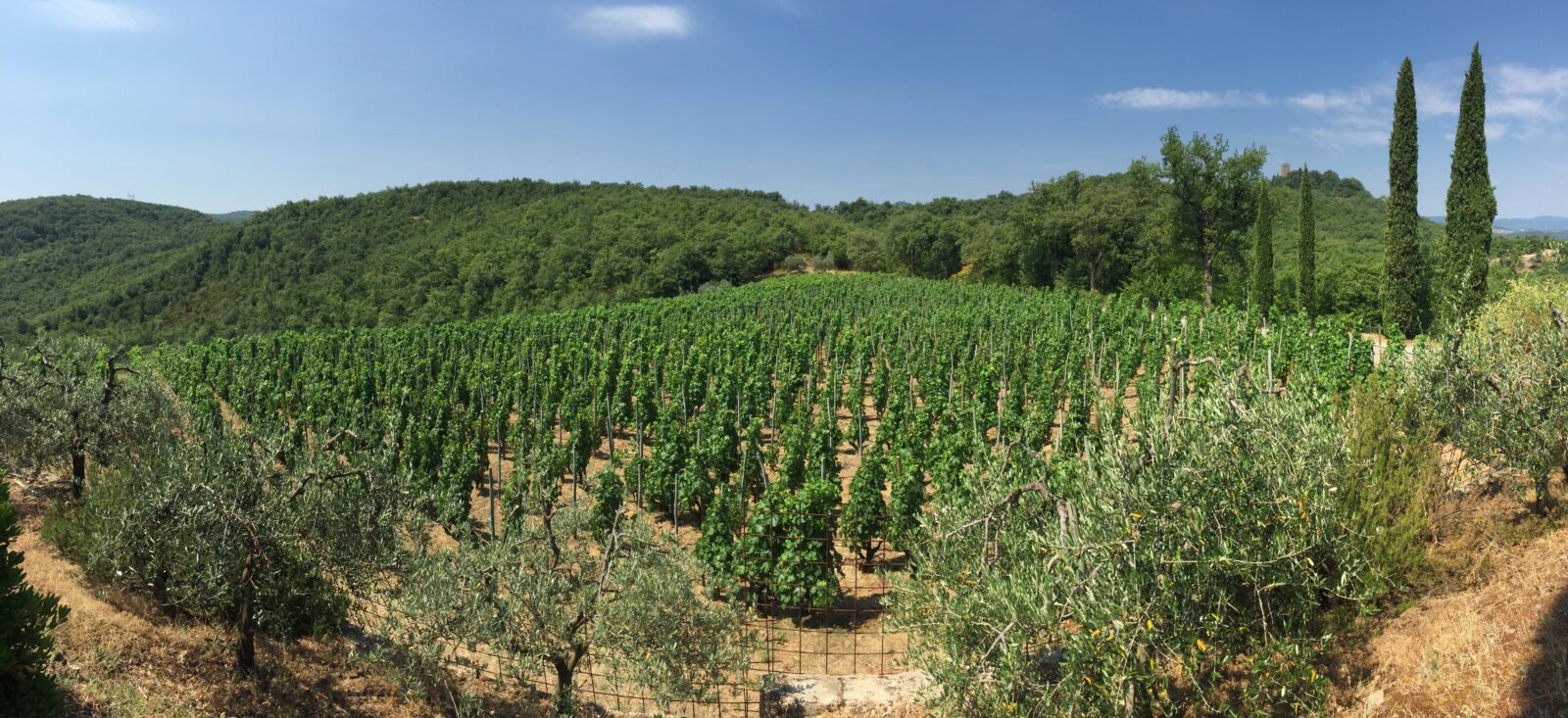
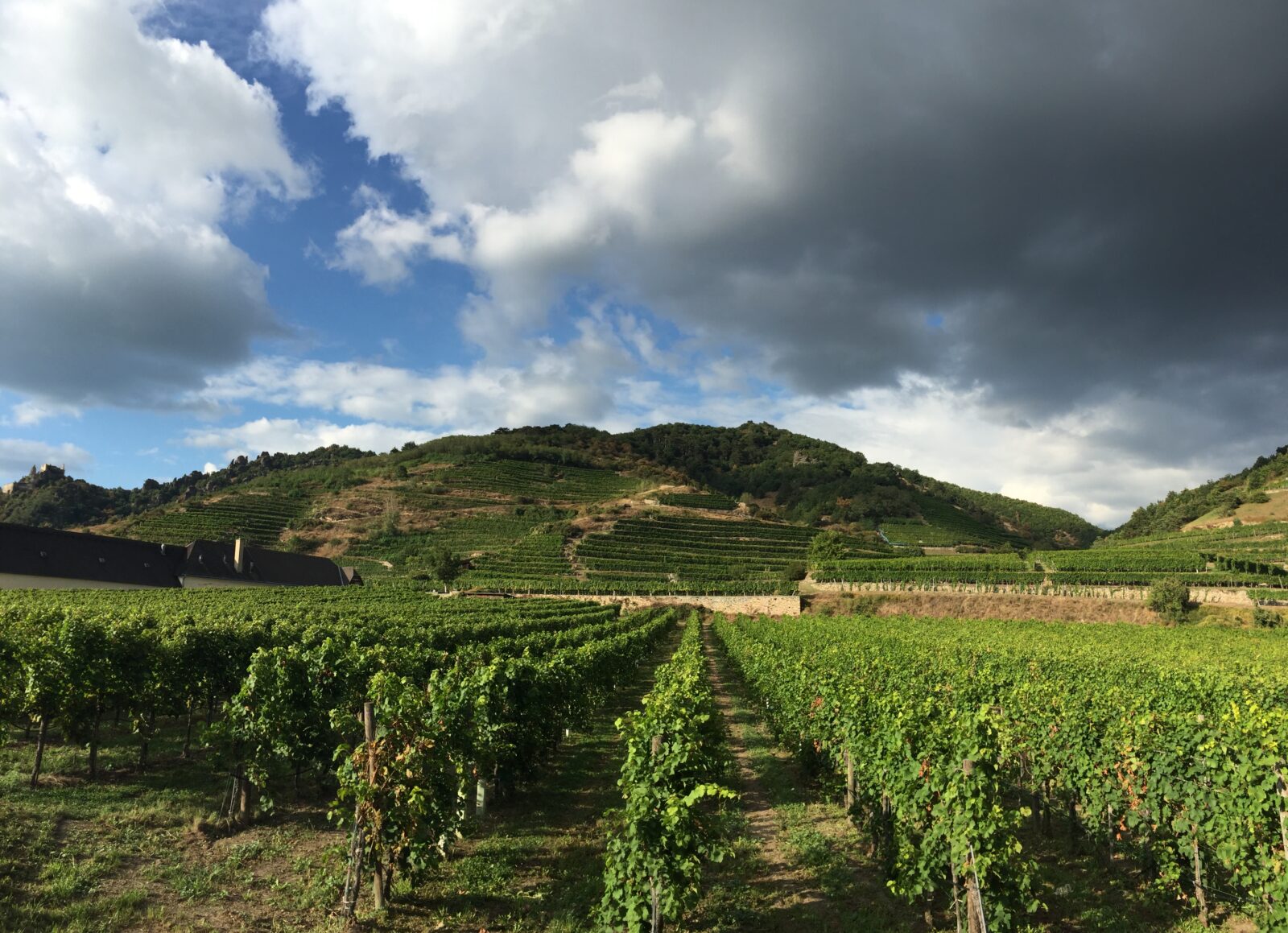
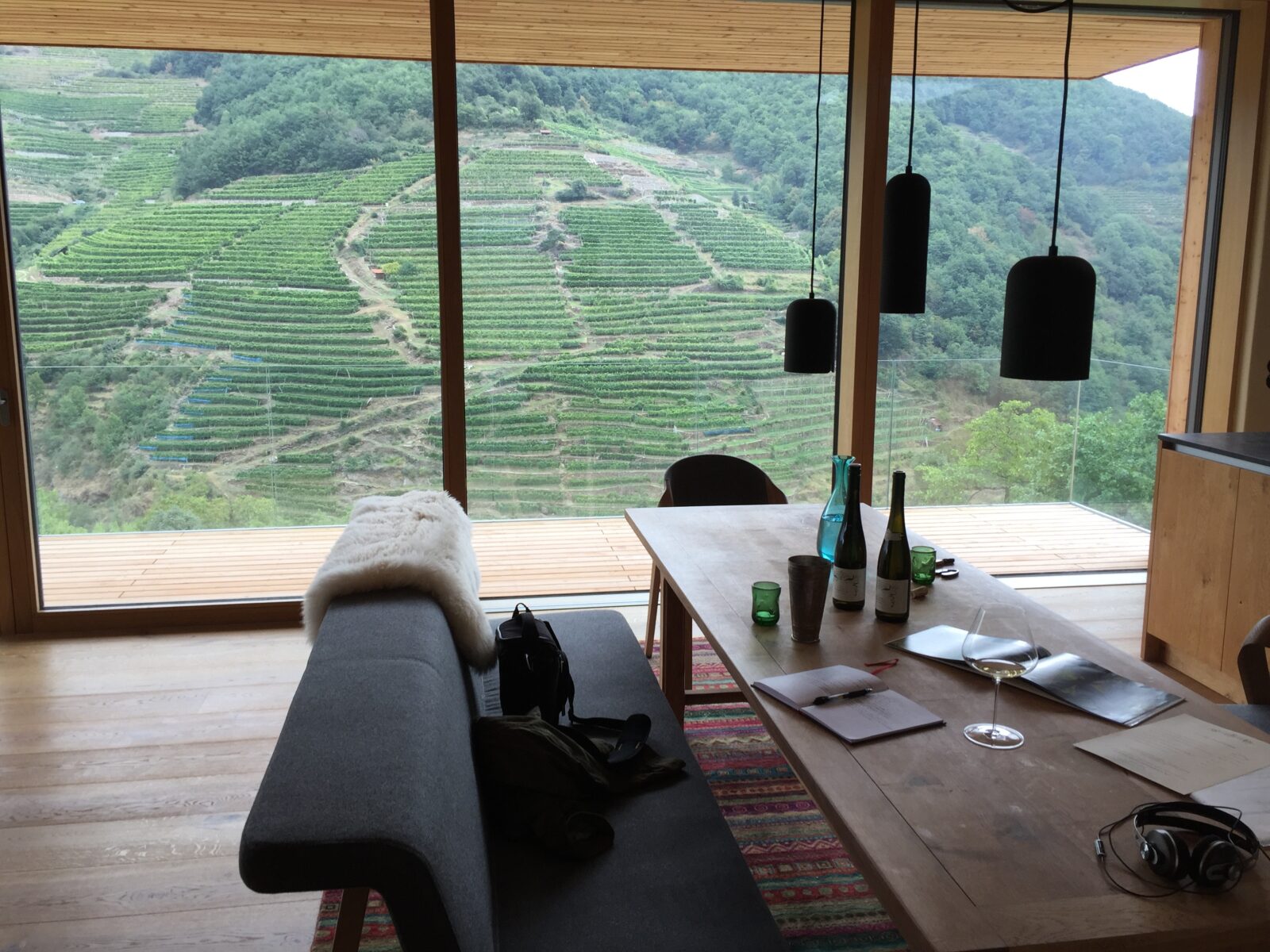
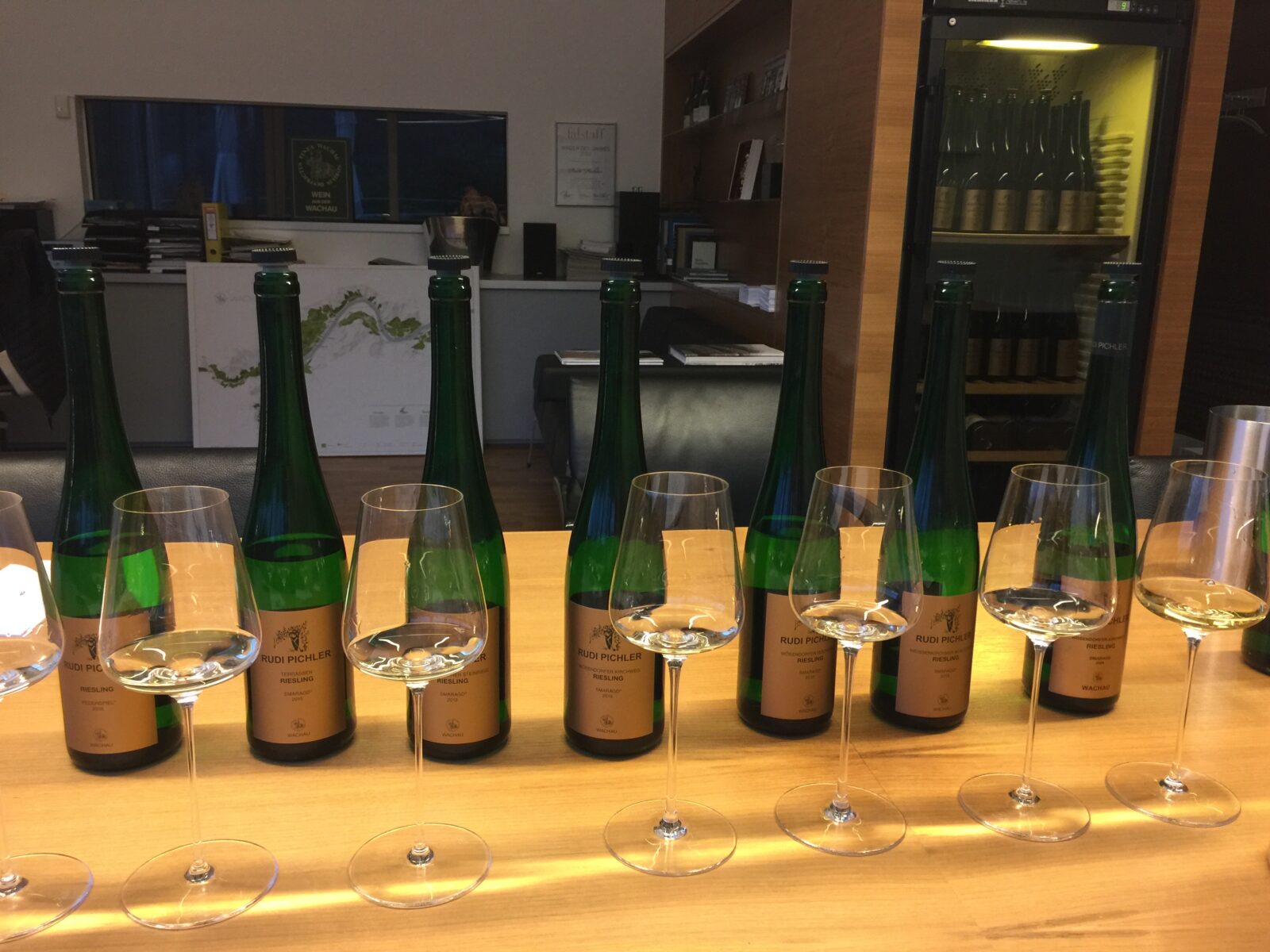
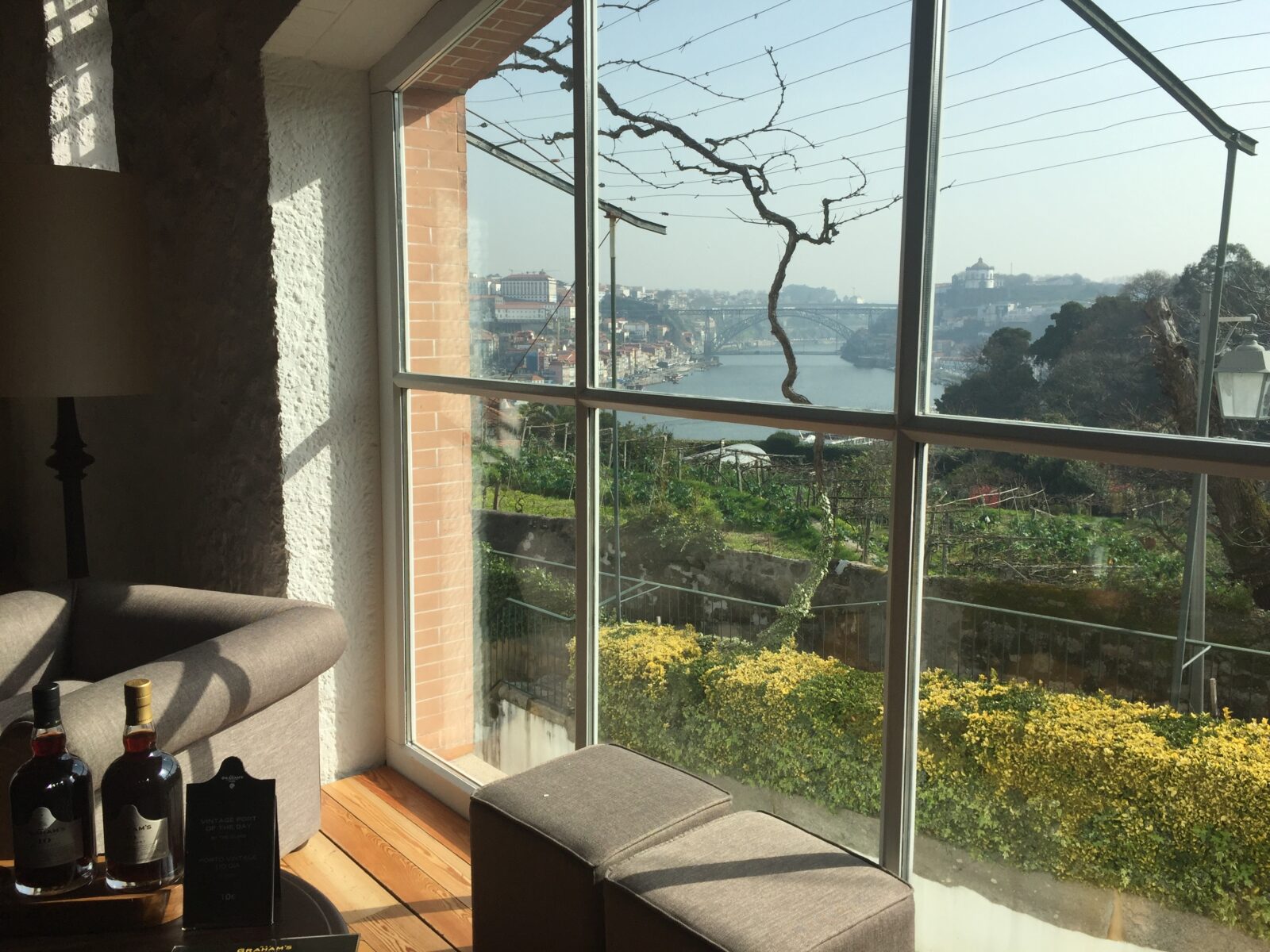
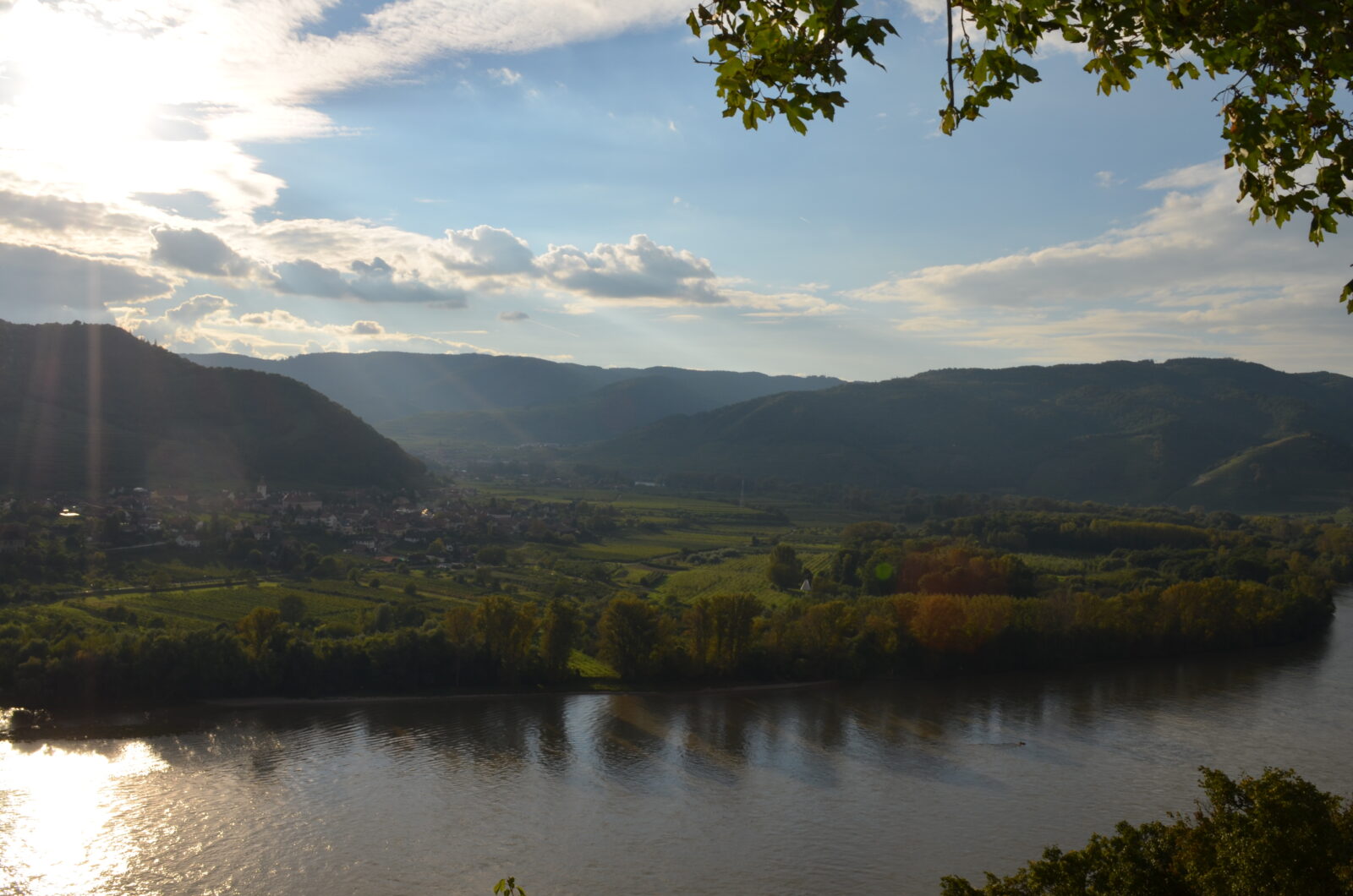
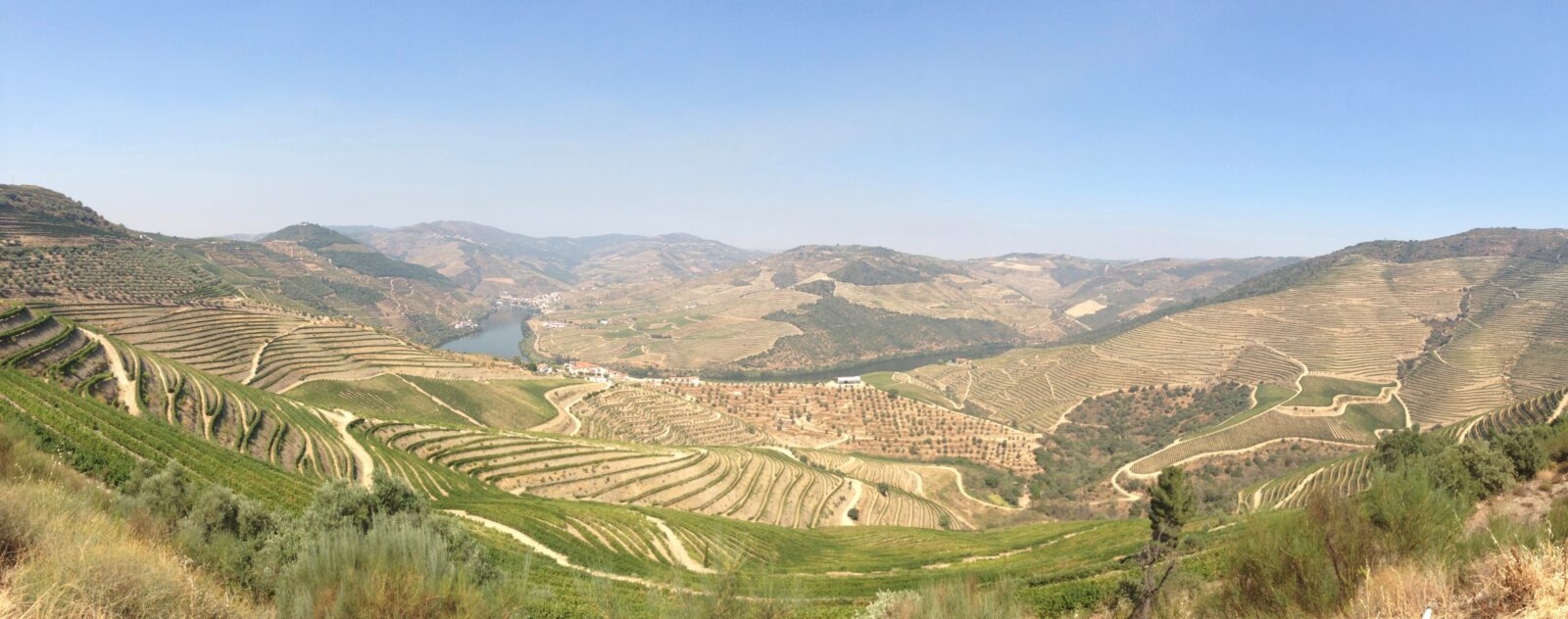

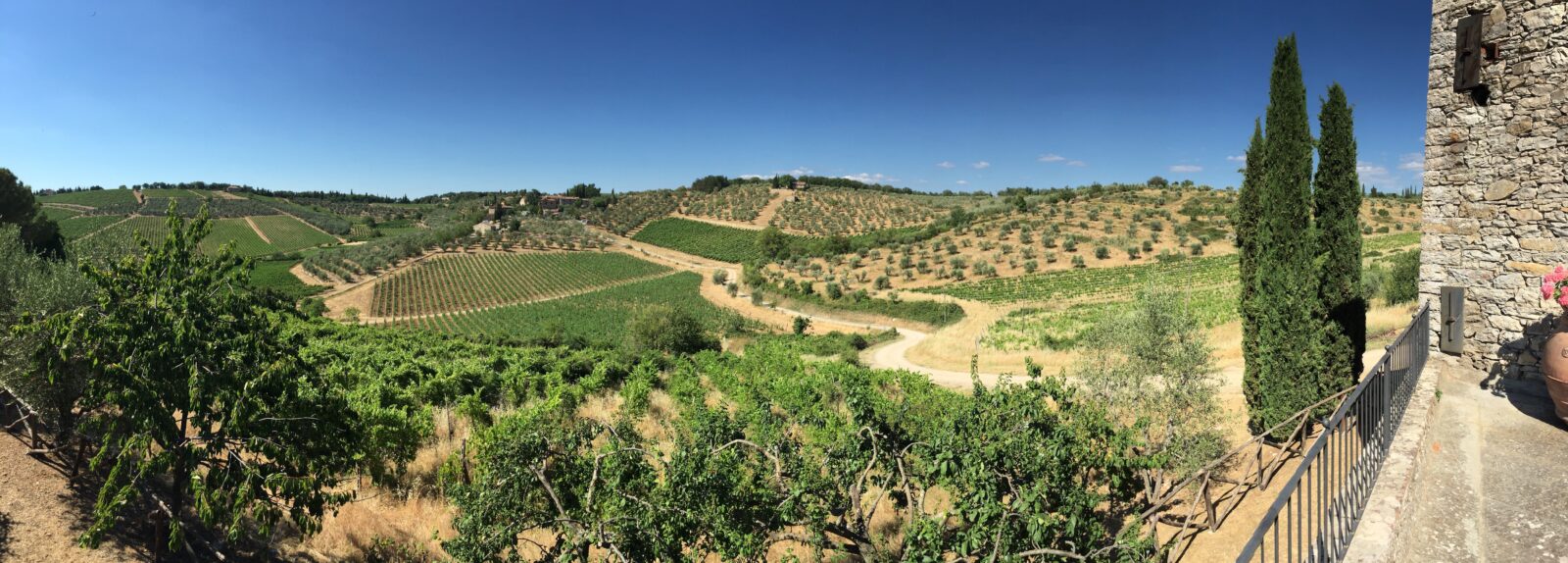
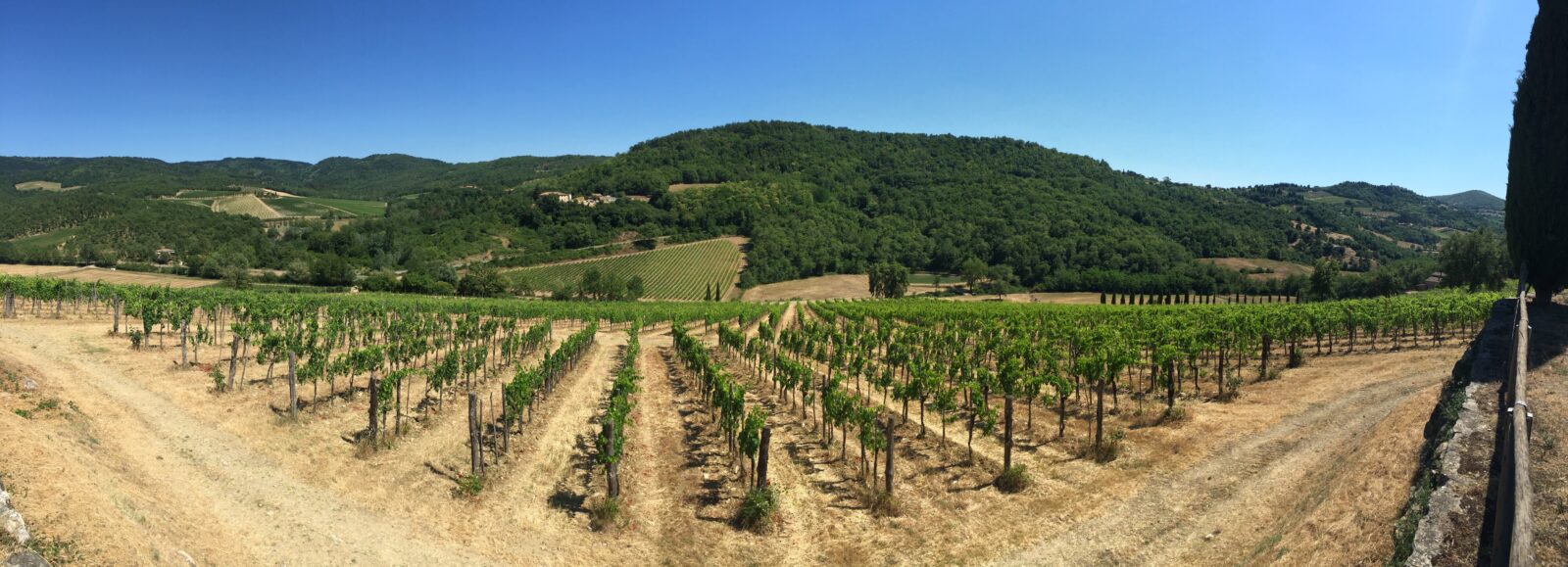
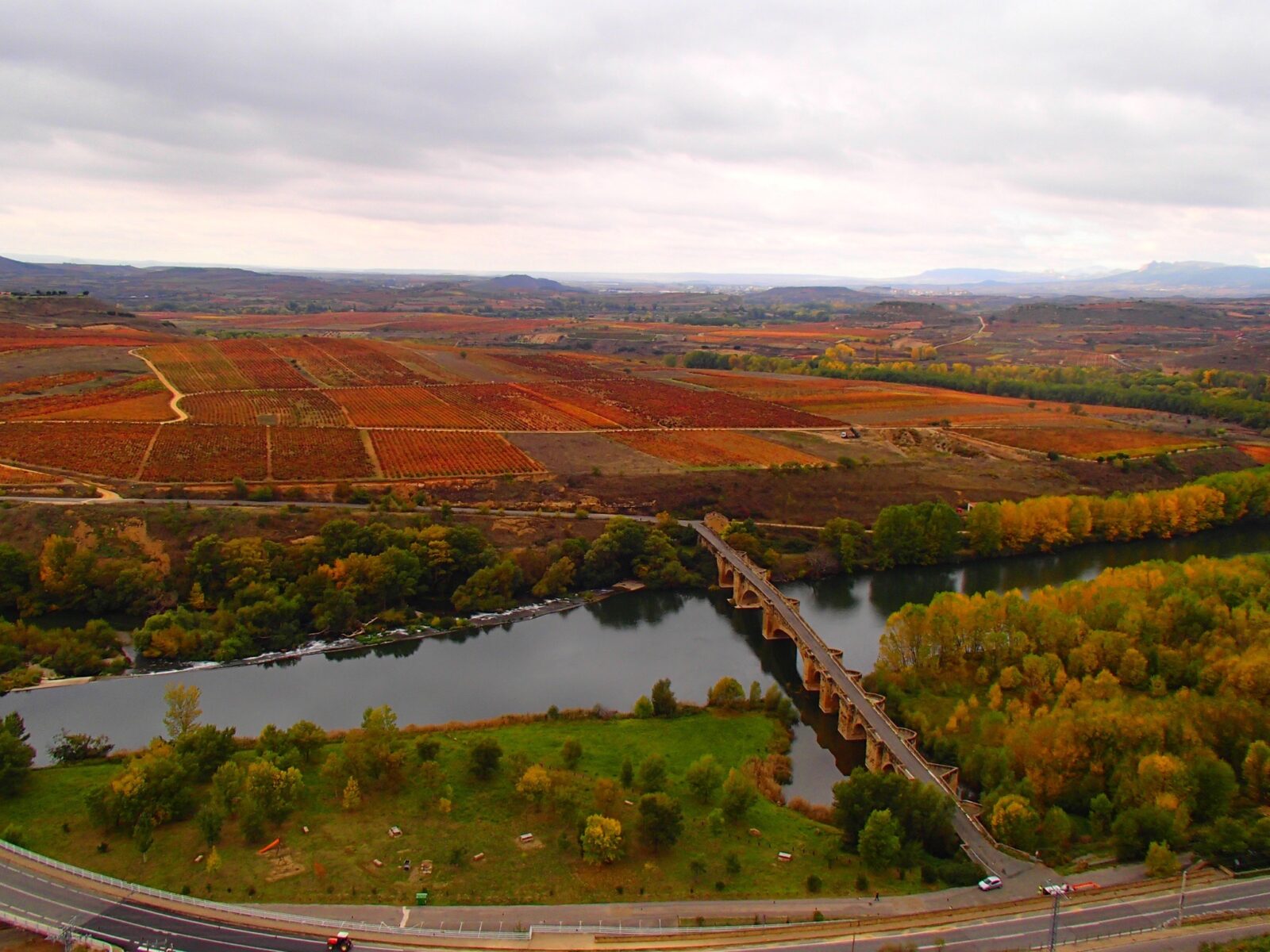
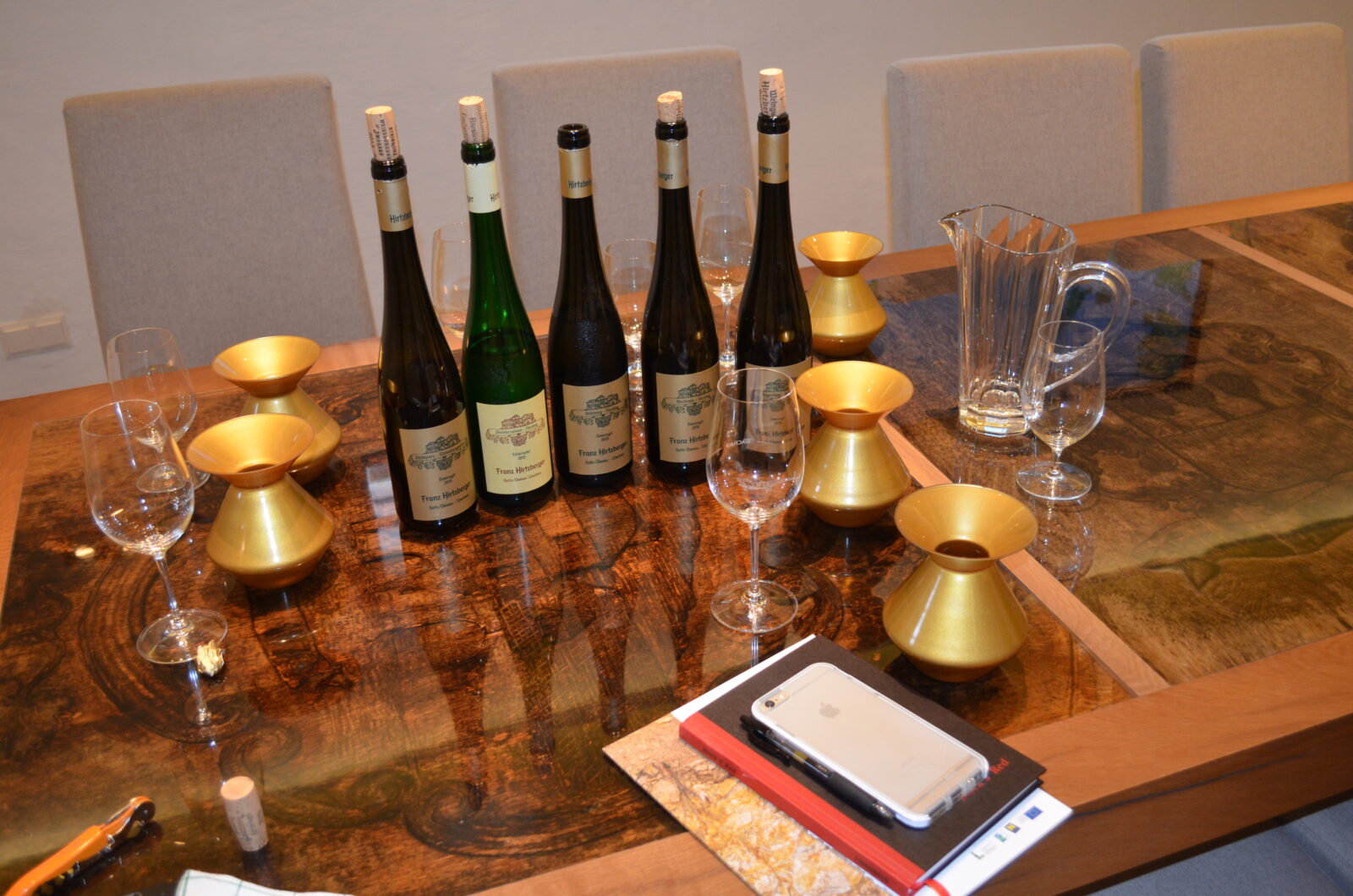
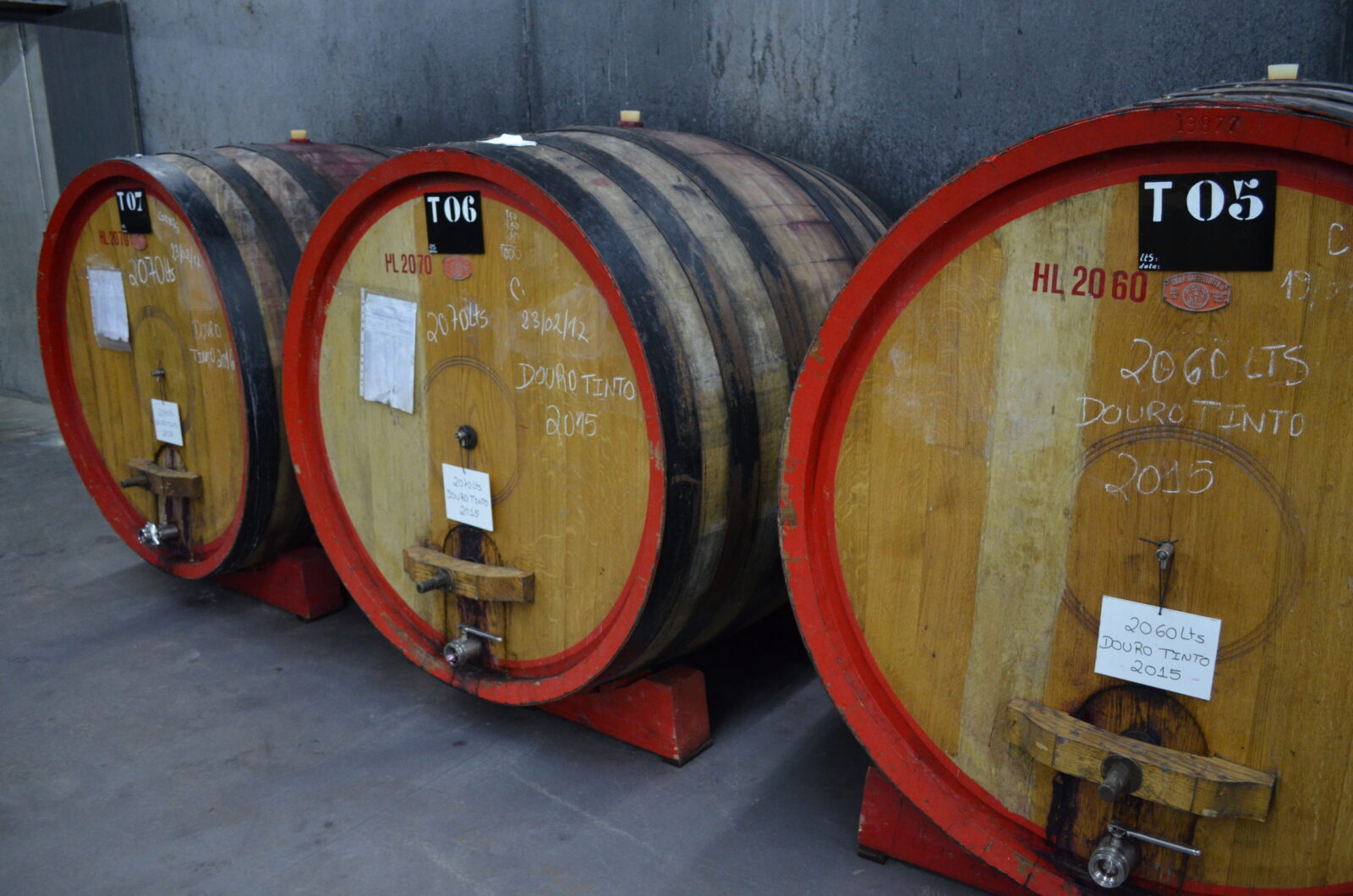
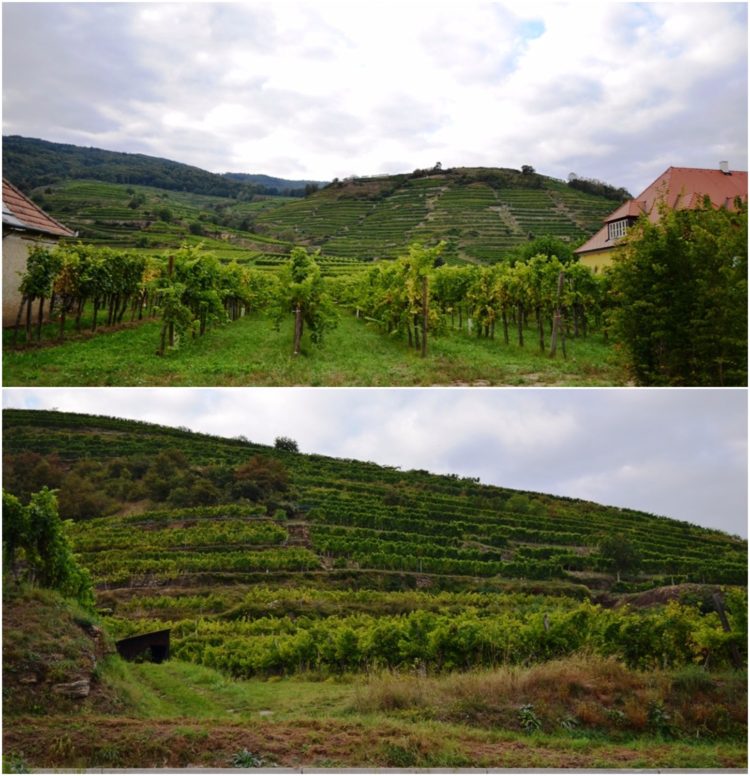

Comments
One Response to “ Weingut Rudi Pichler ”
Bravo Tom, this is a fantastic look into the Wachau, one of the great wine regions of the world! I personally enjoy Rudi’s wines very much and this was a great read to refresh on why I like him so much, as well as learn a few new things. I especially like the personal touch you bring with your words and the great photos! Keep up the good work!
Leave a Reply